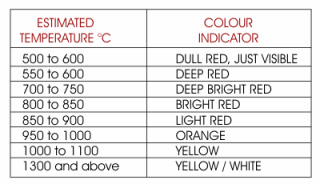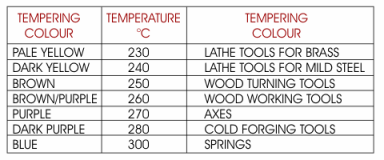+1 for all the above comments. I also agree that hard spots, unless due to local work hardening, are unlikely. If the steel was bought "new", even from your local DIY place, it should be OK, whether bright (silvery looking) or the more common slightly rough dull black finish. With the black stuff it IS possible, very just now and then, to get a hard bit of lumpy scale on the surface, but a quick stoke with a file will soon remove that.
It's far more likely that your drill is blunt (causing friction rather than cutting properly, so causing local heating, leading work-hardening). But sorry I do not agree with sunnybob that for drilling a 3 mm dia hole a typical electric drill on top speed is too fast (typically about 2,500 rpm?). On the contrary, when I want such a small hole I set my pillar drill at it's fastest speed (in my case that's 3,200 rpm - and if smaller dia than that, I use a Dremel in a drill stand set at about 5,000 rpm). The basic trick is "the smaller the drill the faster you go, the bigger the drill the slower you go" - I drill half inch holes on my pillar drill set at either 210 or 280 rpm.
The next thing is "feed" - i.e. how hard are you pressing down on the pistol (or "leaning" on the pillar drill handle)?The downwards pressure needs to be "steady" but by no means "leaning hard"! Hard to put into exact words, but a skill of hand soon learnt - usually by pressing down too hard on a pistol drill with a small diameter drill which then quickly ends up broken! (Don't worry, it happens to us all when we first start out, but you soon get the hang of it)

But that feed pressure is actually a very good indicator of when you do have a blunt drill (after you've got the knack). You'll feel immediately if you're needing to press down too hard - and you may even see a little smoke coming off the job!
Which brings us to lubrication. IMO ALWAYS a good idea, whatever the size of the drill, unless the steel you're cutting is very thin - say less than an eighth inch (roughly 3 mm). There are many good cutting fluids about, and they're especially useful for tapping threads, and also cutting on the lathe, but can be expensive, and some are quite poisonous. For "just" the infrequent drilling of mild steel you'll find ordinary 3 in 1 domestic oil is fine (and paraffin or WD 40 for drilling aluminium).
Finally drills. I basically agree with sunnybob, the "good old English" dull black drills are generally very good if they come from a known name like Dormer. But IMO he's not correct when he says "only" such drills. For example I bought a metric set from my local DIY place, bright silver, no name on them and they've had YEARS of service (with only the odd touch up now and then) and they're BRILLIANT (and weren't too expensive either). OTOH, I bought another set from another DIY place, they're that funny orangey/gold colour and they're "not too bad", whereas yet another set (black this time) someone bought for me are absolute carp - I think the cheese they're made of is not even of Swiss quality!
In other words, it's a bit of a mine field and without having a well known name it's all a bit hit and miss.
If you're just starting out it is worth getting a set (metric in 0.5 mm steps, 3 mm to 10 or 12 mm - or Imperial in sixteenth steps up to half inch say) but as above, you may have to buy a couple of sets to find a really good set.
But once you've got that good set you just replace any breakages with singles, and/or learn to sharpen, either free hand on a grinder (again NOT easy until you get the knack) or one of the drill sharpener jigs that are around. I've found the couple of jigs I've tried "not bad/better than nothing", but if you can get the knack of it, hand sharpening is the way to go - BUT unless you've got better eyesight and a steadier hand than me, forget about sharpening anything under about say, 3 or 4 mm dia (say eighth inch) - when they get blunt just check 'em away and if you do a lot of small hole drilling, you can buy single sizes in 5 off quite cheaply. Ditto if you want smaller than say 3 mm - just buy them singly (or in five packs).
I short, the answer to your problem is MOST PROBABLY a blunt or a poor quality "cheesy" drill rather than the metal. Try a bit of 3 in 1 oil by all means before you give up with the present drill, but IMO you probably need to buy a new 3mm drill (or a pack of 5), by a good well-known name (like Dormer, or Patience & Nicholson - if they still make drills, I haven't bought tools in the UK for many years now, sorry).
Finally, if you don't want to risk loosing money in your DIY place, look on line - there's a list of suppliers in the sticky right at the top of this Metal Working section.
Hope this is not too long, and hope it helps.
Good luck mate.








